Market Share
Air Cargo Security Screening Market Share Analysis
In the dynamic landscape of the Air Cargo Security Screening market, companies employ various strategies to carve out their market share. These strategies are crucial for establishing a competitive edge and sustaining growth amidst evolving industry trends and customer demands.
One prominent strategy is differentiation, where companies seek to distinguish their offerings from competitors. This could involve developing innovative screening technologies that enhance security while minimizing delays in cargo processing. By offering unique features or superior performance, companies can attract customers who prioritize efficiency and reliability in their supply chain operations.
Another key approach is cost leadership, wherein companies focus on minimizing operational expenses to offer competitive pricing. This strategy is particularly effective in markets where price sensitivity is high and customers prioritize cost-effectiveness. Companies achieve cost leadership through measures such as optimizing screening processes, leveraging economies of scale, and investing in efficient technologies that reduce maintenance and energy costs.
Moreover, companies often target specific market segments to tailor their offerings and maximize their impact. For instance, they may focus on serving niche industries with specialized security requirements, such as pharmaceuticals or high-value goods. By understanding the unique needs of these segments and providing tailored solutions, companies can effectively capture market share in lucrative niches while building strong customer relationships.
Strategic partnerships and alliances also play a crucial role in market share positioning. By collaborating with other players in the industry, companies can leverage complementary strengths and resources to expand their market reach. This could involve partnering with technology providers to integrate cutting-edge screening solutions or teaming up with logistics companies to offer end-to-end security services. Strategic alliances not only enhance companies' competitive position but also foster innovation and enable them to capitalize on emerging market opportunities.
Furthermore, brand reputation and trust are paramount in the Air Cargo Security Screening market. Companies invest in building strong brands that are synonymous with reliability, accuracy, and compliance. By consistently delivering high-quality screening services and demonstrating a commitment to security standards, companies can earn the trust of customers and gain a competitive advantage. A positive reputation not only attracts new customers but also fosters loyalty among existing ones, thereby solidifying companies' market share position.
In addition to proactive strategies, companies must also adapt to external factors and market dynamics to maintain their competitiveness. This requires ongoing market research and analysis to identify emerging trends, customer preferences, and competitive threats. By staying agile and responsive to changes, companies can adjust their strategies accordingly, whether it involves expanding into new markets, investing in R&D to innovate their offerings, or refining their marketing approach to better resonate with target customers.


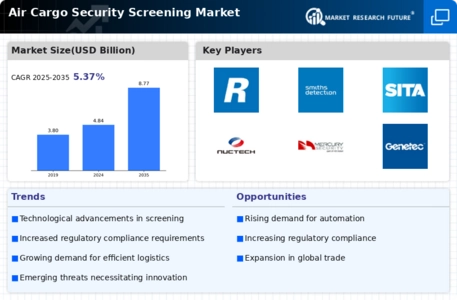
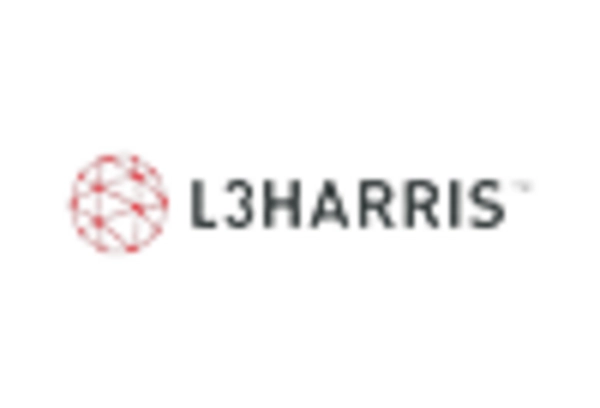
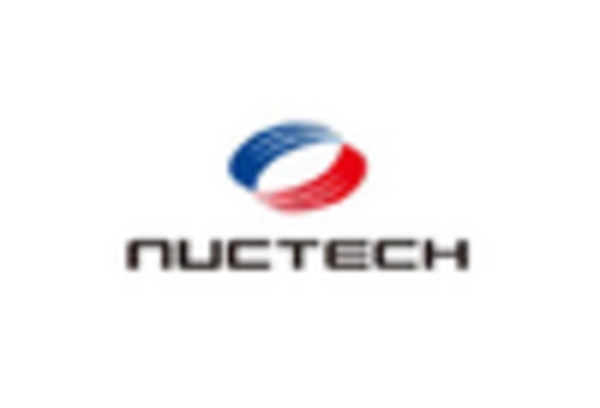
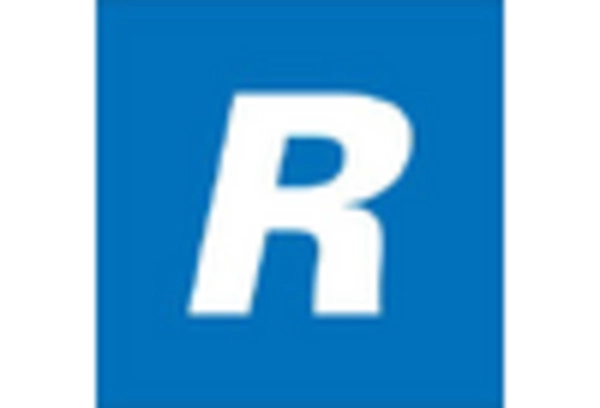
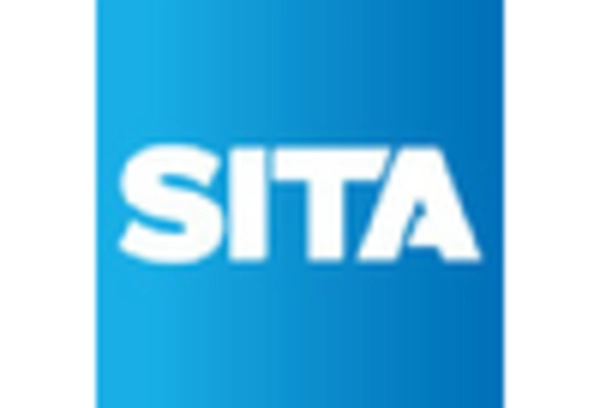
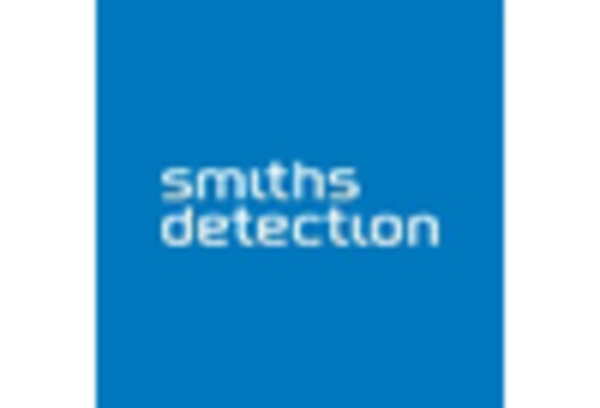
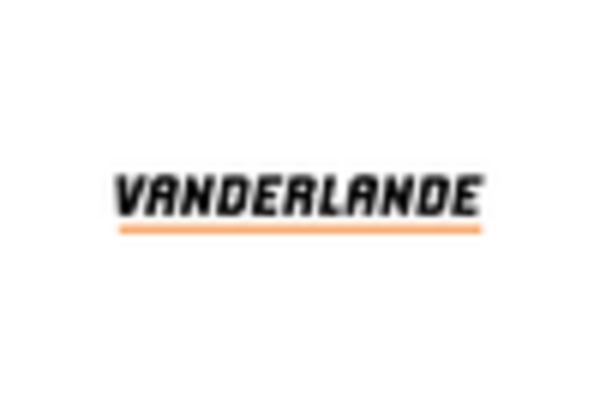









Leave a Comment